
ABOUT
I was born in Casablanca, Morocco, a country where traditional arts and crafts are of great diversity and multifaceted wealth.
Since my childhood I have always been attracted to drawing—reproducing all that which commands my interest or concern. And my attraction to design, fashion, and art has doubtless come from this.
With drawing I steadily developed a sense of observation, centered on forms, volumes, shapes, and colors, but with a particular and keen attention for details. I still keep a large stack of images which inspire me every single day.
I studied the art of crafting a piece of Haute Couture clothing at the Paris-based Ecole de la Chambre Syndicale de la Couture. And the stay in Paris has left a strong cultural impression on me.
But my sensibility is drawn, above all, by the magnificent and elegant Moroccan caftans, which are made up of deftly and finely embroidered precious fabrics.
One of these embroideries, born from needle-point lace, has particularly so inspired me that it has naturally led me to create a line of jewelry which takes up this ancestral know-how in a new and unprecedented manner.
Teïka thus celebrate the decorative lace with jewelry pieces that boast rich color shades, which reflect my love for the radiance of warm hues. I applie this color approach to my creative approach, one that is anchored in geometric forms and unique patterns that serve as the backdrop for each of my creations.
Combining Moroccan and European influences, the jewel is the culmination of a precious and singular cultural blending. One that is rooted in the artisanal memory of the two complementary cultures in which I grew up.
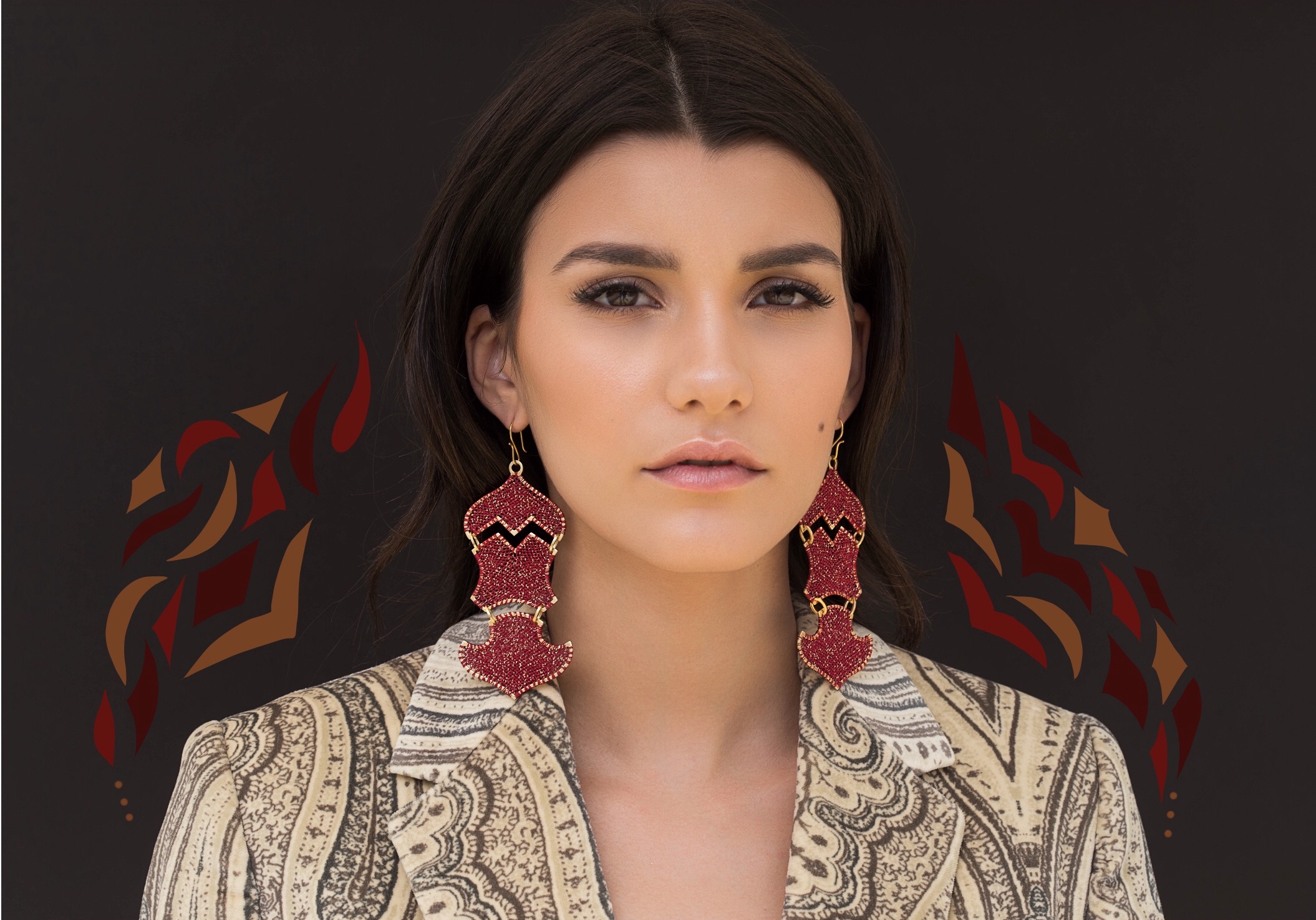
INSPIRATION
Oriental reminiscences and contemporary expressions: Teika jewelry evoke a subtle union between Moroccan craftsmanship and the multifaceted aesthetic of fine arts.
When designing her collections, I draw inspiration from my passion for modern painting, which is expressed in the rhythm of Sonia Delaunay’s colors, Paul Klee sense of geometry, Gustav Klimt’s decorative richness, as well as Henri Matisse’s fascination for the Orient, and the conjunction between modern form and traditional medium in the works of Farid Belkahia. Morocco’s rich heritage of craftsmanship serves as a guiding thread, especially the traditional marquetry and woodcarving, and the Fez embroidery and Zelliges mosaïcs.
Teika Jewelry thus evokes the sophistication of handwoven lace in rich and bright shades, such as Tangerine red and Majorelle blue, which are juxtaposed to sculptural designs infused with modern Orientalism.
More than anything else, Teïka is the expression of a refined sense of creativity, shaped by past and present influences. Its designs are nourished by a Mediterranean imagination, where ingenuity and tradition merge with creativity. Its pieces are therefore worn like a handcrafted memory that each woman appropriates as she pleases.

Henri Matisse
Woman seated in front of a blackboard. 1942

Peter Lindbergh
Marrakech. Vogue. 1990
Forever Inspirations
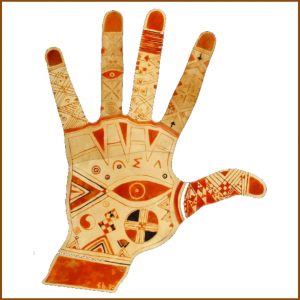
«Any renewal, any modernity must necessarily transit by tradition», according to Farid Belkahia, a contemporary Moroccan artist, adding that «every individual has his own history and diversity is a treasure to be cherished»
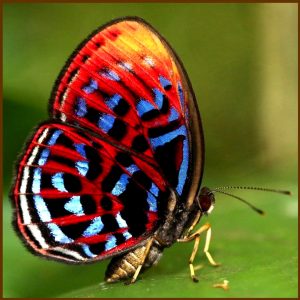
A butterfly, as a symbol of ephemeral nature that is continually renewed, constitutes an inexhaustible source of inspiration, as well as a plethora of unparalleled forms and colors.

Henri Matisse «Laurette with turban and yellow jacket». After his two stays in the city of Tangier, this 1917 portrait reflects Matisse’s perennial interest in the East.
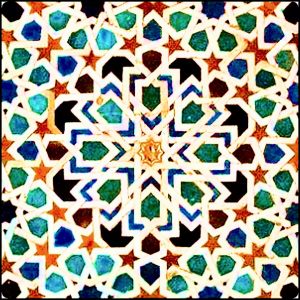
Zellige, baked clay mosaic wholly hand-crafted is an aspect of traditional Moroccan craft industry with geometrically complex and visually captivating shapes. (Medersa Fès – XIVth century)

Paul klee’s watercolors made during his 1914 Tunisia trip will make of him a pioneer of the Abstract Art. In this country, a new kind of geometry, inspired by kairouanese carpets patterns, was born under his brushes. «Colour possesses me, i don’t need to catch it anymore»
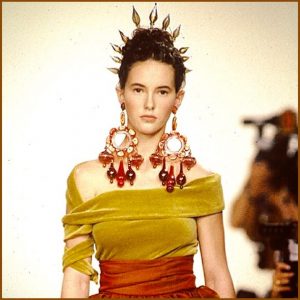
Romeo Gigli, an italian designer from the 80’s, and his immoderate taste for ethnic jewellery and traditional embroidery. He was associating with great talent, rich and rare materials, which defined a pictorial and poetic fashion.
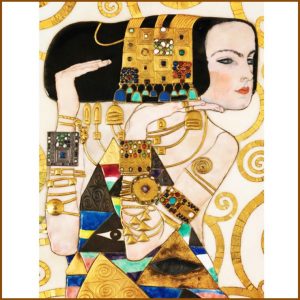
Gustav klimt’s rich decoration pops out in 1905’s «The expectation», an ornamental tree of life made during an intense period of creativity called «The gold cycle».
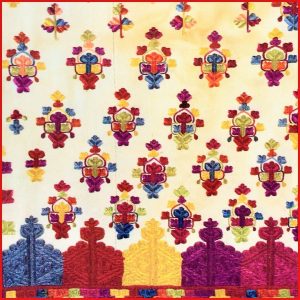
“Moroccan embroidery impregnated by Arab, Amazigh, and Andalusian cultures is rich in diversity as each city has its own and perfectly identifiable style. (the upper facet of a chest – Rabat XIXth century).

